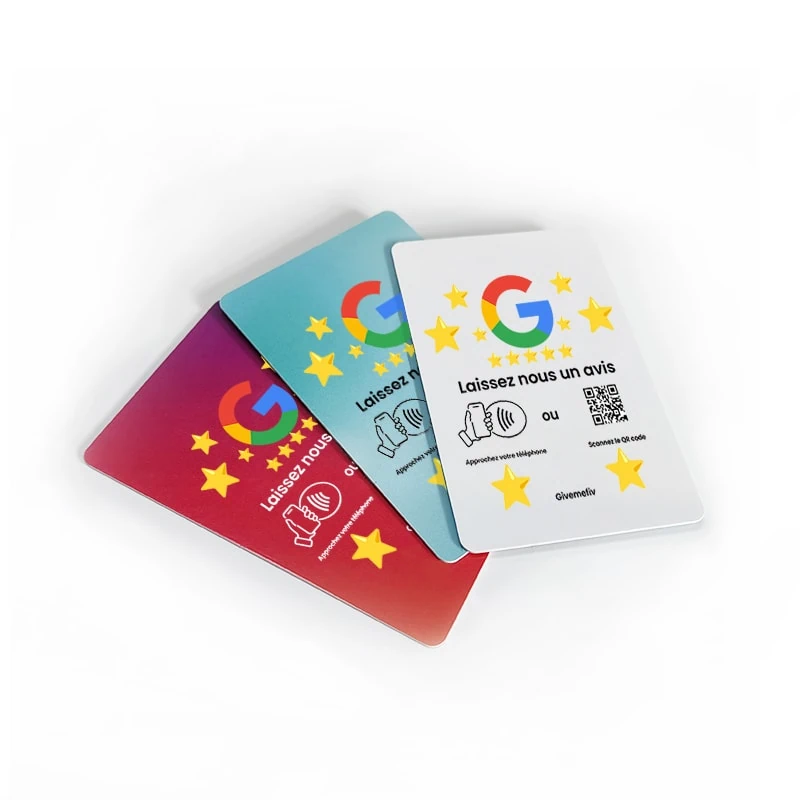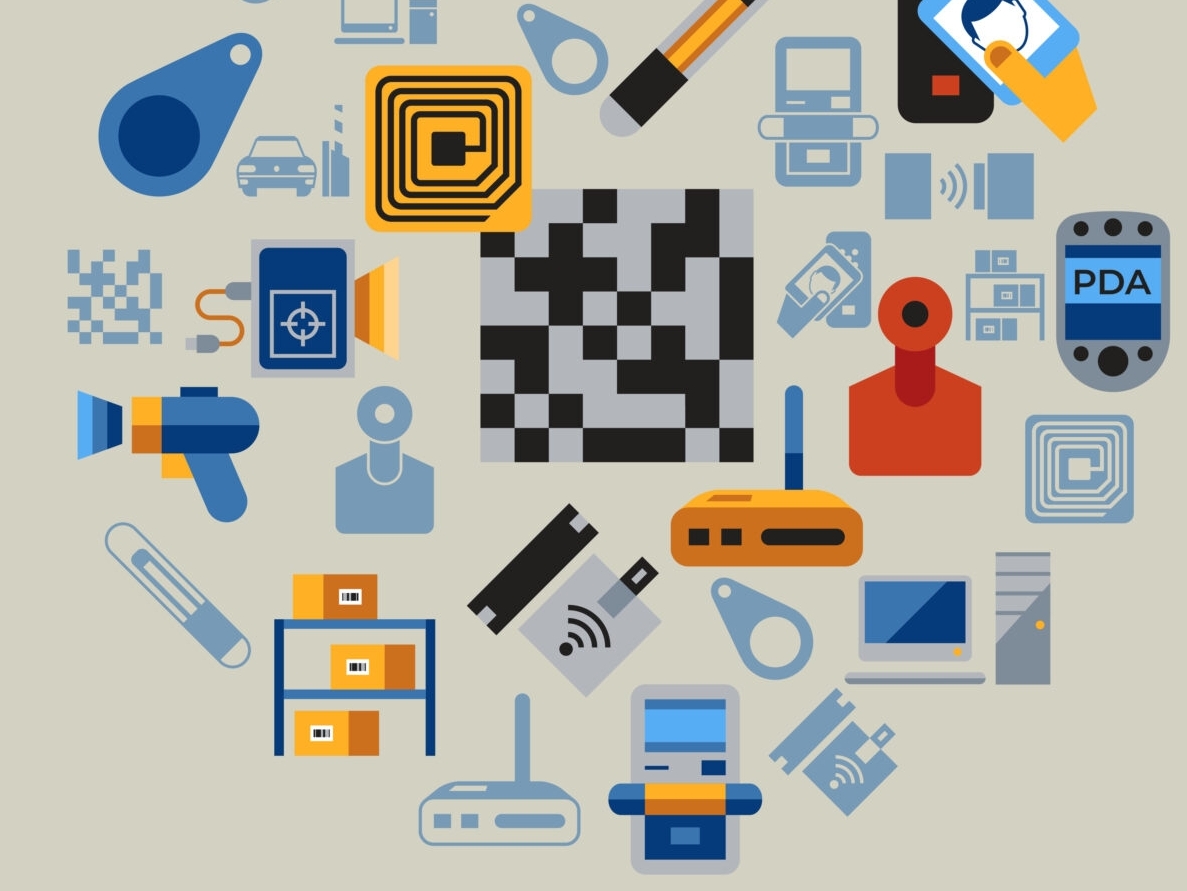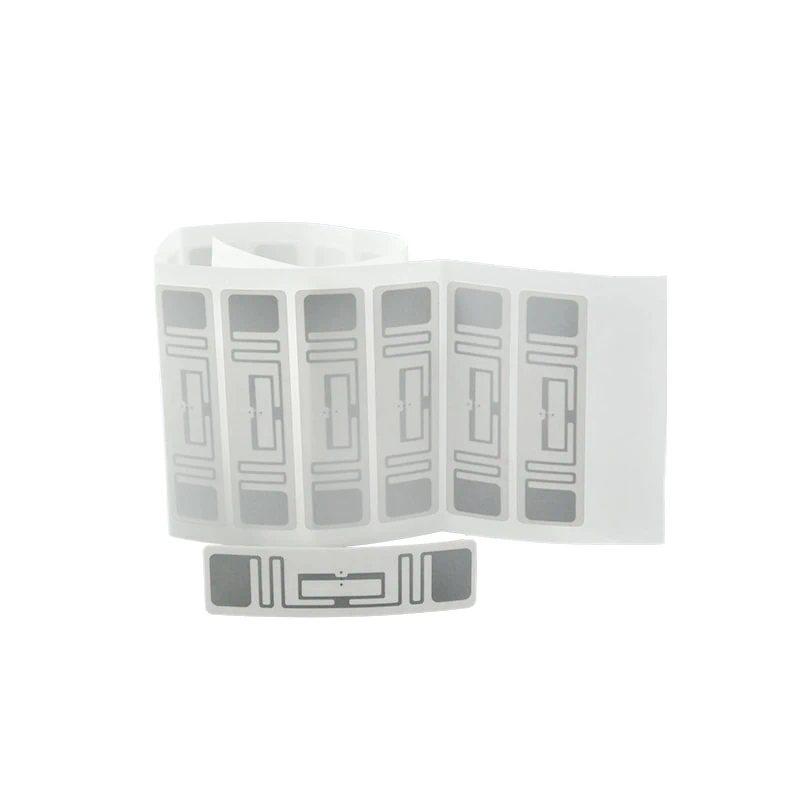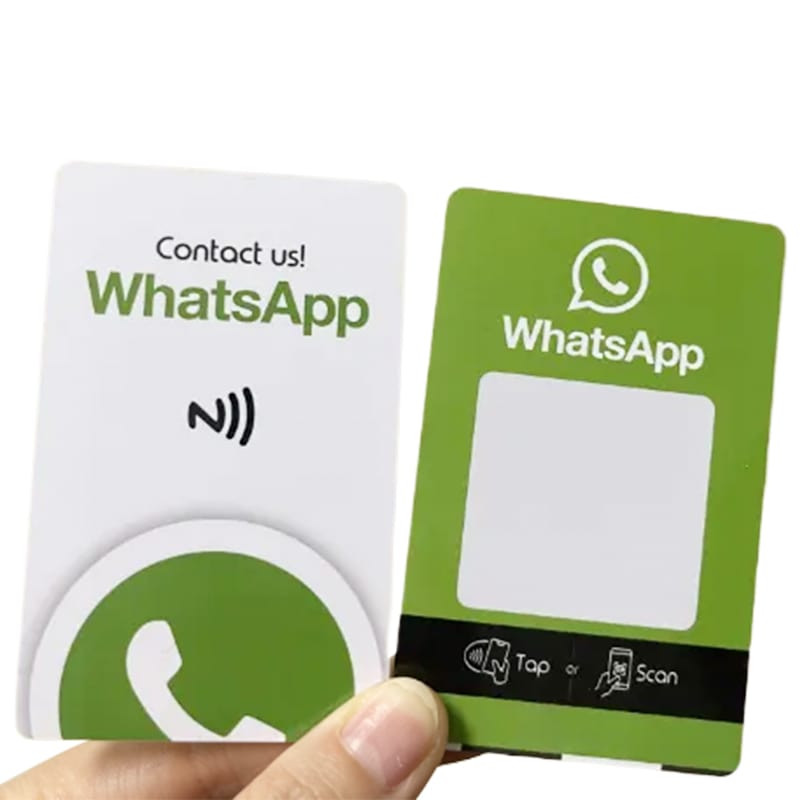his sharing is divided into two parts:
- The first part introduces RFID, including its components, principles, and segmentation.
- The second part introduces NFC, covering protocols, tags, and card readers.
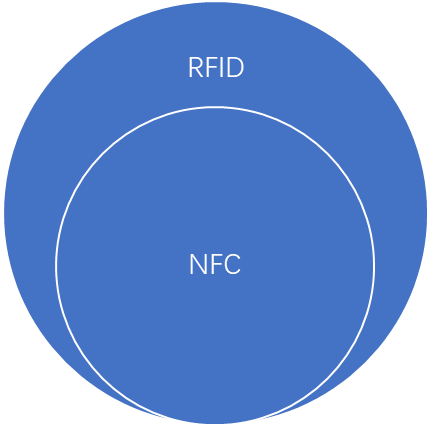
1.Introduction to RFID
1.1 Components of RFID Systems
Radio Frequency Identification (RFID) is a technology that enables non-contact data communication between a reader and a tag to identify targets. Here are four examples:
1.The first example is access control systems in residential communities or campuses. You may be familiar with this: before entering the area, you need to swipe your campus or access card. Once identified successfully, the door opens automatically. This application requires an access card and an access control system.
2.The second example is keyless entry systems in cars. When the driver carries the key within the car’s detection range, pulling the door handle unlocks the car. Some cars enhance security with fingerprint recognition, requiring both the key and fingerprint to unlock the door. The key elements here are the car key and the system that reads the key information.
3.The third example is smart warehousing systems. Many companies are beginning to implement smart warehouses, where each item in storage has an RFID tag, and antennas are installed in the warehouse. Warehouse managers can easily track the location and quantity of each item. This enables functionalities such as setting minimum stock levels; when items fall below this level, the system automatically orders more. It also saves the effort of year-end inventory checks. This application requires RFID tags and reading devices.
4.The fourth example is smart supermarket systems, which operate on principles similar to those of smart warehousing. I won’t go into further detail here.
These are just four application scenarios. If you search online, you can find at least a dozen more. Ultimately, RFID’s two main application areas are identity recognition and supply chain management. Strictly speaking, supply chain management also falls under identity recognition.
1.2 Working Principle of RFID
From the examples given, you can summarize that an RFID system consists of at least two parts, with most applications requiring three. The PCD (or VCD) is the reading device, and the PICC (or VICC) is the tag or card. A computer is not always necessary; for instance, in a school cafeteria payment system with a centralized database, all card balance information is stored on a server, while the card only holds the card number. The reader retrieves the card number and sends it to the server for further processing. If there’s no central database, the card holds the balance data, and the reader performs subtraction during the transaction. This is often how people discuss hacking payment cards—by breaking the password and altering the card’s internal balance.
The working principle of RFID can be summarized as follows: electronic tags and readers achieve non-contact coupling of radio frequency signals through coupling components, enabling energy transfer and data exchange based on timing relationships within the coupling channel. There are two models based on the coupling method:
1.Transformer Model: This model uses high-frequency alternating magnetic fields for coupling, relying on electromagnetic induction principles. Inductive coupling is generally suited for low- and medium-frequency RFID systems over short distances.
2.Radar Principle Model: In this model, emitted electromagnetic waves reflect off a target, carrying back target information according to the spatial propagation laws of electromagnetic waves. Electromagnetic backscatter coupling is typically suitable for high-frequency and microwave RFID systems over longer distances.
1.3 Division of RFID Frequency Bands
RFID tags can be categorized into low frequency (LF), high frequency (HF), ultra-high frequency (UHF), and microwave bands based on their operating frequency. The specific frequencies are: low frequency (125 kHz), high frequency (13.56 MHz), and ultra-high frequency (850 MHz to 910 MHz). Each frequency has its characteristics and applications, so selecting the appropriate frequency is essential.
Low Frequency (LF) Tags:
Low frequency RFID tags operate in the range of 30 kHz to 300 kHz, with typical frequencies of 125 kHz and 133 kHz. These tags are generally passive, obtaining power through inductive coupling from the reader’s radiated near field. Data transfer between low frequency tags and readers occurs when the tags are within the reader’s near field. The typical reading distance for low frequency tags is less than 1 meter. Common applications include animal identification, container tracking, tool identification, and electronic locks (like car keys with built-in responders).
High Frequency (HF) Tags:
High frequency RFID tags operate between 3 MHz and 30 MHz, with a typical frequency of 13.56 MHz. These tags work on the same principle as low frequency tags, using inductive coupling, and can be categorized as low frequency tags as well. However, according to general radio frequency classifications, this range is also referred to as high frequency. To avoid confusion, we can consider them as mid-frequency tags. Mid-frequency tags are typically passive and obtain energy through inductive coupling from the reader’s radiated near field, similar to low frequency tags. The reading distance for mid-frequency tags is also generally less than 1 meter. They are commonly used in electronic tickets, electronic ID cards, electronic locks, property management, and building access control systems.
Ultra-High Frequency (UHF) and Microwave Tags:
Ultra-high frequency and microwave RFID tags are often referred to as microwave tags, with typical frequencies of 433.92 MHz, 862 (902) MHz to 928 MHz, 2.45 GHz, and 5.8 GHz. Microwave tags can be classified into active and passive types. During operation, these tags are in the far field of the reader’s antenna, using electromagnetic coupling. The reader’s radiated field provides RF energy to passive tags and wakes active tags. The reading distance for UHF systems is typically greater than 1 meter, commonly ranging from 4 to 6 meters, and can exceed 10 meters. Reader antennas are usually directional, and only tags within the antenna’s beam can be read or written. Due to the increased reading distance, there may be multiple tags in the reading area, creating a need for simultaneous reading of multiple tags. Advanced RFID systems now consider multi-tag reading as an important feature. UHF tags are primarily used in automatic railway vehicle identification, container tracking, and highway vehicle recognition and toll systems.
| RFID frequency bands | ||||||
|---|---|---|---|---|---|---|
| Band | Regulations | Range | Data speed | ISO/IEC 18000 | Remarks | Approximate tag cost in volume (2006) |
| section | ||||||
| LF: 120–150 kHz | Unregulated | 10 cm (4 in) | Low | Part 2 | Animal identification, factory data collection | US$1 |
| HF: 13.56 MHz | ISM band worldwide | 0.1–1 m (4 in – 3 ft 3 in) | Low to moderate | Part 3 | Smart cards (ISO/IEC 15693, ISO/IEC 14443 A, B), | US$0.05 to US$5 |
| ISO-non-compliant memory cards (Mifare Classic, iCLASS, Legic, FeliCa ...), | ||||||
| ISO-compatible microprocessor cards (Desfire EV1, Seos) | ||||||
| UHF: 433 MHz | Short range devices | 1–100 m (3–300 ft) | Moderate | Part 7 | Defense applications, Underground Miner Tracking with active tags | US$5 |
| UHF: 865–868 MHz (Europe) | ISM band | 1–12 m (3–40 ft) | Moderate to high | Part 6 | EAN, various standards; used by railroads[24] | US$0.04 to US$1.00 |
| 902–928 MHz (North America) | (passive tags) | |||||
| microwave: 2450–5800 MHz | ISM band | 1–2 m (3–7 ft) | High | Part 4 | 802.11 WLAN, Bluetooth standards | US$25 (active tags) |
| microwave: 3.1–10 GHz | Ultra wide band | up to 200 m (700 ft) | High | Not defined | Requires semi-active or active tags | US$5 projected |
| mm-wave: 24.125 GHz [25][26][27] | ISM band worldwide | 10–200 m (30–700 ft) | High | Not defined | Requires semi-passive tags. Uses retrodirective backscatter approaches to achieve extended ranges | US$10 projected |
From the frequency classification, it’s clear that NFC is one of the many frequency bands within RFID, indicating a hierarchical relationship. Now that we understand the four aspects of RFID—application scenarios, system components, working principles, and frequency divisions—let’s move on to discuss NFC.
2.Introduction to NFC
NFC (Near Field Communication) is an emerging technology that allows devices, such as mobile phones, to exchange data when in close proximity. It has evolved from non-contact RFID and interconnectivity technologies, integrating the functions of inductive card readers, inductive cards, and peer-to-peer communication onto a single chip. NFC enables various applications, including mobile payments, electronic ticketing, access control, mobile identity verification, and anti-counterfeiting.
2.1 Common Protocols
NFC technology complies with the ISO 18092 and ISO 21481 standards and is compatible with RFID standards such as ISO 14443 and ISO 15693. Both ISO 14443 and ISO 15693 use a 13.56 MHz alternating signal as the carrier frequency. ISO 15693 allows for a longer read range, which also depends on the shape of the application system’s antenna and its transmission power.
ISO 14443 defines two types of protocols: TYPE A and TYPE B, with a communication speed of 106 kbits/s. The differences between them mainly lie in the modulation depth of the carrier and the encoding methods of the bits. The following table compares the two protocols, and the choice of which protocol to use in specific application scenarios needs to be considered comprehensively.
| Protocol | Distance | Speed | Minimum Operating Field Strength |
|---|---|---|---|
| ISO14443A/B | Near | Fast 106kbits/s | 1.5A/m (Mifare) |
| ISO15693 | Far | Slow 26.69kbits/s | 0.15A/m (I*Code) |
2.2 Common Types and Models of NFC Tags
NFC tags are divided into five types:
-
Type-1: Complies with ISO/IEC 14443A. It has read/write capability and can be configured by the user to read-only mode. Memory size ranges from 93 bytes to 2 kilobytes, with a communication speed of 106 kbits/s. It does not support anti-collision mechanisms.
-
Type-2: Also complies with ISO/IEC 14443A. It has read/write capability and can be configured by the user to read-only mode. Memory size ranges from 48 bytes to 2 kilobytes, with a communication speed of 106 kbits/s. It supports anti-collision mechanisms.
-
Type-3: Complies with ISO/IEC 18092 and JIS X 6319-4 standards, with data rates of 212 kbits/s or 424 kbits/s. It supports anti-collision mechanisms.
-
Type-4: Complies with both versions A and B of the ISO/IEC 14443 standard. Type-4 tags contain 32 kilobytes of memory and support data rates of 106 kbits/s, 212 kbits/s, and 424 kbits/s, as well as anti-collision mechanisms.
-
Type-5: Based on the ISO/IEC 15693 standard, these tags can have up to 8 kilobytes of memory, supporting a data rate of 26.48 kbits/s and anti-collision mechanisms.
The table below shows common NFC tags available on the market. When selecting a tag, make sure to carefully check whether its technical specifications meet the application requirements.
2.3 Common Types of Card Reader Chips
Card reader chips can be classified along two dimensions: usage scenarios and transmission protocols. Common suppliers of reader chips include ST, NXP, and Fudan Microelectronics. When selecting a reader chip, the primary focus should be on the application scenario to choose a chip that meets the requirements. After that, you can select a suitable reader chip based on personal preferences and price.

